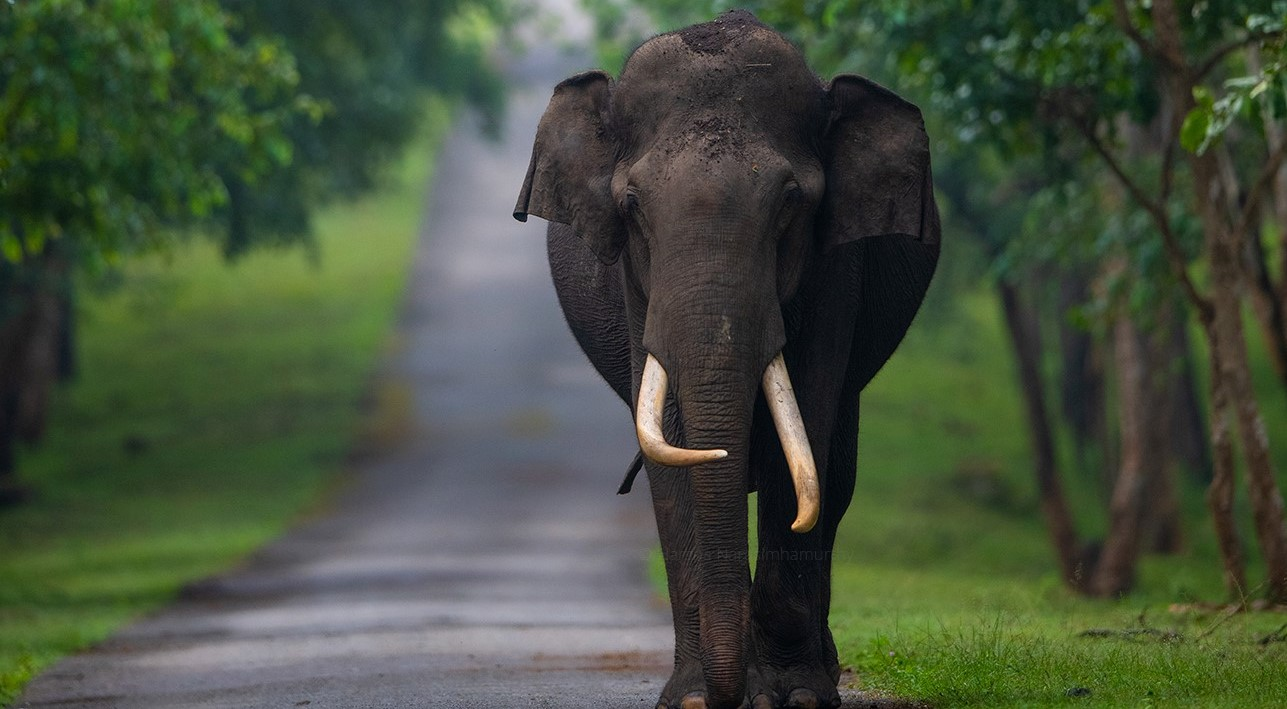- Courses
- GS Full Course 1 Year
- GS Full Course 2 Year
- GS Full Course 3 Year
- GS Full Course Till Selection
- Online Program
- GS Recorded Course
- NCERT (Recorded 500+ Hours)
- Polity Recorded Course
- Geography Recorded Course
- Economy Recorded Course
- AMAC Recorded Course
- Modern India, Post Independence & World History
- Environment Recoded Course
- Governance Recoded Course
- Science & Tech. Recoded Course
- International Relations and Internal Security Recorded Course
- Disaster Management Module Course
- Ethics Recoded Course
- Essay Recoded Course
- Current Affairs Recoded Course
- CSAT
- 5 LAYERED ARJUNA Mentorship
- Public Administration Optional
- ABOUT US
- OUR TOPPERS
- TEST SERIES
- FREE STUDY MATERIAL
- VIDEOS
- CONTACT US
Nagarahole Tiger Reserve
Nagarahole Tiger Reserve
17-06-2024

The Nagarahole Tiger Reserve, situated in the districts of Mysore and Kodagu in Karnataka, gained recent attention due to the unfortunate death of an elephant that was part of the historic Mysuru Dasara celebrations. This incident highlights the critical need for conservation and understanding of this ecosystem.
About Nagarahole Tiger Reserve:
- Location:
- The reserve covers an area of approximately 847.981 sq km in the districts of Mysore and Kodagu in Karnataka.
- Origin and History:
- The reserve has a rich history dating back to the reign of the Wodeyar dynasty, the former rulers of the Kingdom of Mysore, when Nagarahole was an exclusive hunting reserve for the kings.
- It was subsequently established as a wildlife sanctuary by Coorg State in 1955, upgraded to a national park in 1988, and brought under the fold of Project Tiger in 1999.
- Ecological Characteristics:
- Vegetation:
- The predominant vegetation is of southern tropical, moist, mixed deciduous type, with a substantial eastern portion transitioning into dry deciduous type.
- The forests are interspersed with swampy fallows called 'hadlu,' dominated by grasses and sedges, providing a favorable habitat for wild herbivores.
- Commercially important trees such as rosewood, teak, sandalwood, and silver oak are found in the reserve.
- Fauna:
- The reserve supports a diverse assemblage of carnivores and herbivores, including tigers, leopards, Asiatic wild dogs, sloth bears, Asiatic elephants, gaurs, sambar, chital, muntjac, four-horned antelopes, wild pigs, and mouse deer.
- The South-western langur is also found in the reserve.
- Vegetation:
Connection to the Nilgiri Biosphere Reserve:
- The Nagarahole Tiger Reserve is part of the Nilgiri Biosphere Reserve, the first biosphere reserve in India established in 1986.
- The Nilgiri Biosphere Reserve is located in the Nilgiri Mountains of the Western Ghats and includes parts of Tamil Nadu, Kerala, and Karnataka.
- It is the largest protected forest area in India, covering an area of 5,520 sq km.
- Other protected areas within the Nilgiri Biosphere Reserve include the Mudumalai Wildlife Sanctuary, Wyanaad Wildlife Sanctuary, Bandipur National Park, and Mukurthi National Park.
Must Check: Best IAS Coaching In Delhi



